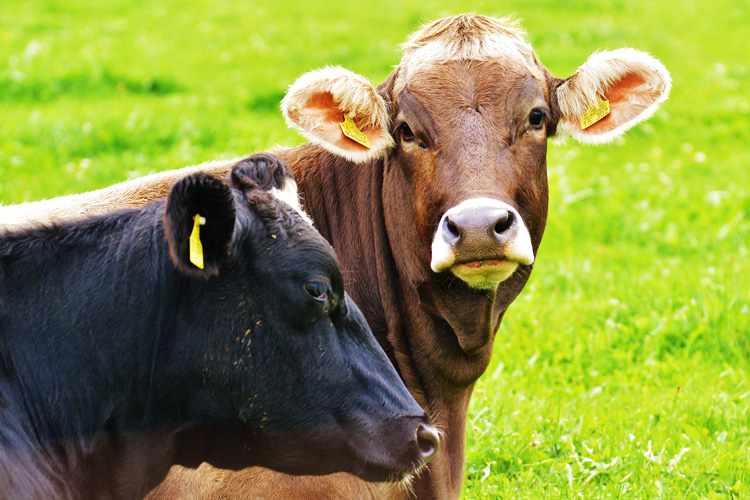Friendly Community
Animal husbandry is the management and care of farm animals by humans, in which genetic qualities and behavior, considered to be advantageous to humans, are further developed. The term can refer to the practice of selectively breeding and raising livestock to promote desirable traits in animals for utility, sport, pleasure, or research.

Animal husbandry has been practiced for thousands of years since the first domestication of animals. Selective breeding for desired traits was first established as a scientific practice by Robert Bakewell during the British Agricultural Revolution in the 18th century. One of his most important breeding programs was with sheep. Using native stock, he was able to quickly select for large, yet fine-boned sheep, with long, lustrous wool. The Lincoln Longwool was improved by Bakewell and in turn the Lincoln was used to develop the subsequent breed, named the New (or Dishley) Leicester. It was hornless and had a square, meaty body with straight top lines. These sheep were exported widely and have contributed to numerous modern breeds.
Under his influence, English farmers began to breed cattle for use primarily as beef for consumption – (previously, cattle were first and foremost bred for pulling ploughsas oxen. Long-horned heifers were crossed with the Westmoreland bull to eventually create the Dishley Longhorn. Over the following decades, farm animals increased dramatically in size and quality. In 1700, the average weight of a bull sold for slaughter was 370 pounds (168 kg). By 1786, that weight had more than doubled to 840 pounds (381 kg).
Animal herding professions specialized in the 19th century to include the cowboy in the United States and Canada, charros and vaqueros in Mexico, gauchos and huasosin South America, and stockmen in Australia.
In more modern times herds are tended on horses, all-terrain vehicles, motorbikes, four-wheel drive vehicles, and helicopters, depending on the terrain and livestock concerned. Today, herd managers often oversee thousands of animals and many staff. Farms, stations and ranches may employ breeders, herd health specialists, feeders, and milkers to help care for the animals.
Techniques such as artificial insemination and embryo transfer are frequently used today, not only as methods to guarantee that females breed regularly but also to help improve herd genetics. This may be done by transplanting embryos from high-quality females into lower-quality surrogate mothers – freeing up the higher-quality mother to be reimpregnated. This practice vastly increases the number of offspring which may be produced by a small selection of the best quality parent animals. On the one hand, this improves the ability of the animals to convert feed to meat, milk, or fiber more efficiently, and improve the quality of the final product. On the other, it decreases genetic diversity, increasing the severity of certain disease outbreaks among other risks.
